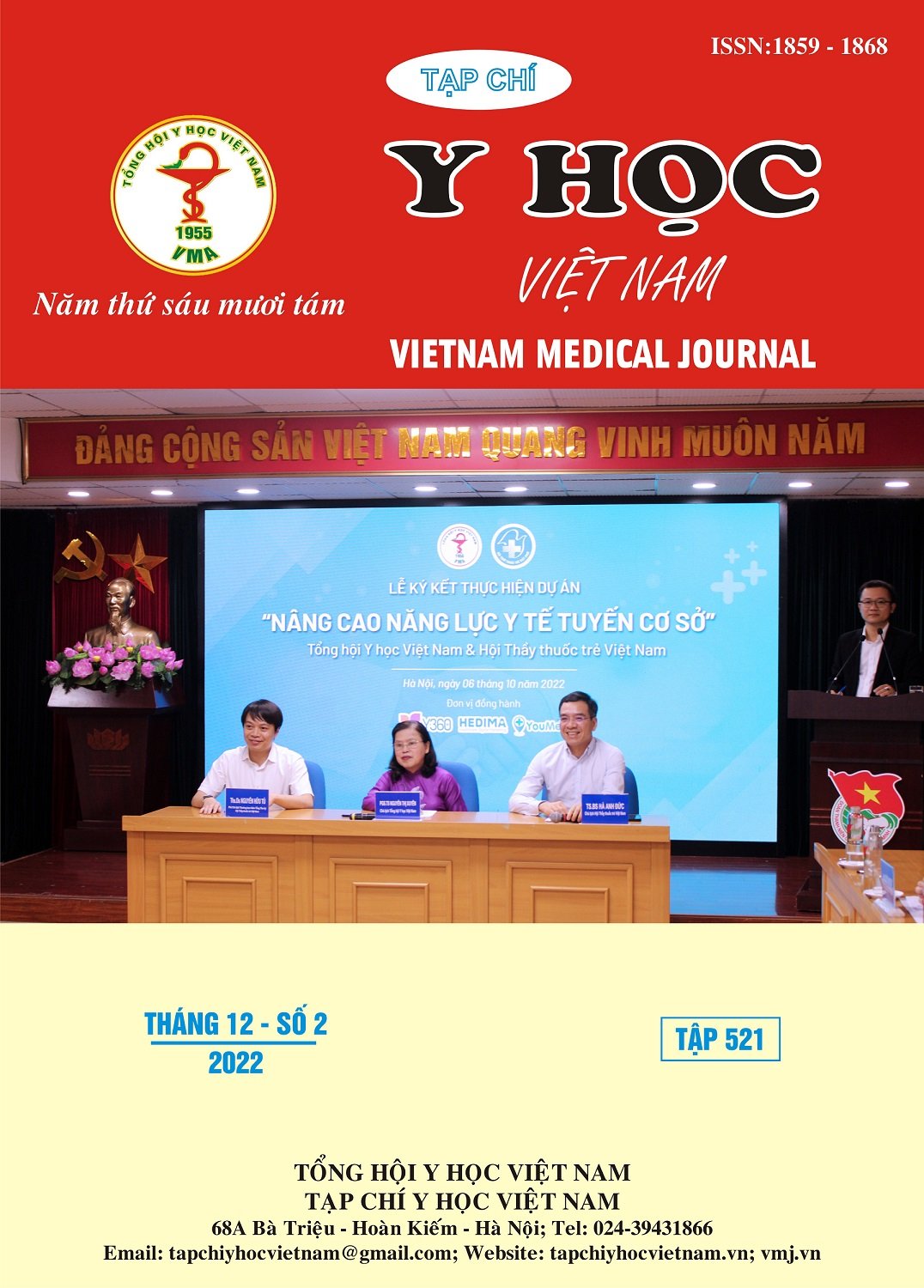ASSESSMENT OF THE RESULTS OF TREATMENT OF HPV-INFECTED CERVICAL LESIONS BY LEEP METHOD AT K HOSPITAL
Main Article Content
Abstract
Aims: To understand the relationship between cervical lesions and the prevalence of high-risk HPV types in LEEP-treated patients at K hospital. Methods: We retrospectively carried out the medical records of 237 patients treated with LEEP HPV at K hospital in the period from 1/2019 to 12/2021. Results: There were 93 (39.2%) patients whose pathological results were precancerous. Research results show that patients over 40 years old, have cytogenetic results through PAP and have high or low risk HPV factors have a higher risk of pre-cancer than other patients. Conclusion: Our study showed the pre-cancerous status in the group of patients treated with LEEP. Age, HPV risk, and cell changes that can cause pre-cancer for patients.
Article Details
Keywords
HPV, LEEP, cervix
References
2. International Agence on Cancer Research (2021), Estimated age-standardized incidence and mortality rates (World) in 2020, Viet Nam,chủ biên.
3. Bùi Diệu và Vũ Hoàng Lan và cộng sự (2010) Tình hình nhiễm HPV tại Việt Nam. Tạp chí Y học thực hành-BộY tế. Số745-Số122010, 5–6.
4. Trần Thị Thanh Hồng (2011) “Nghiên cứu đặc điểm lâm sàng, cận lâm sàng ở những bệnh nhân có kết quả tế ào âm đạo – cổ tử cung bất thường tại Bệnh viện phụ sản Trung Ương” - Trường Đại học Y Hà Nội., .
5. Chu Hoàng Hạnh (2016) Đánh giá kết quả điều trị tổn thương CIN II cổ tử cung bằng kĩ thuật LEEP tại bệnh viện K, Trường Đại học Y Hà Nội. .
6. Hoàng Đức Vĩnh (2012) Đánh giá hiệu quả điều trị các tổn thương tại cổ tử cung bằng kĩ thuật LEEP tại bệnh viện phụ sản Trung ương.
7. Rydström C. and Törnberg S. (2006). Cervical cancer incidence and mortality in the best and worst of worlds. Scand J Public Health, 34(3), 295–303.
8. Andrae B., Kemetli L., Sparén P., et al. (2008). Screening-Preventable Cervical Cancer Risks: Evidence From a Nationwide Audit in Sweden. JNCI J Natl Cancer Inst, 100(9), 622–629.


